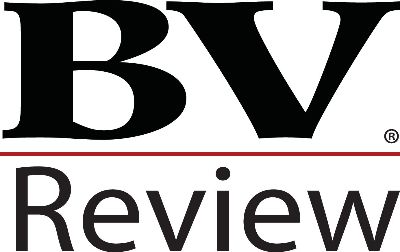On Improving Estimation of Co-Movements in Stochastically Correlated Inputs in Monte Carlo Simulations
This article introduces the use of the Gerber statistic when performing a Monte Carlo simulation for cases when two or more random inputs are correlated. When interdependent random variables violate certain standard assumptions required for use of the traditional historical Pearson correlation matrix, the Gerber statistic can provide a better estimate of correlation and, consequently, of the value of the subject asset. This article examines the strengths and weakness of the Gerber method relative to the traditional method and provides an example of how to apply the Gerber method, assuming that the two correlated random variables violate one or more assumptions related to the Pearson correlation coefficient.

Plot of Correlation Bias with Outliers

Pairwise Returns over Time Relative to Barriers

Scatterplot of Pairwise Returns Relative to Barriers

Plot of Correlation Bias, No Outliers

Plot of Correlation Bias with Outliers

The Efficient Frontier for GS versus Other Correlation Metrics (δ = 0.5)
Contributor Notes
James K. Herr is a Senior Director and Jonathan Grubbs is a Director with Alvarez and Marsal Valuation Services based out of Houston, Texas. The views expressed in this article are those of the authors and do not necessarily represent the views of Alvarez and Marsal Valuation Services.

